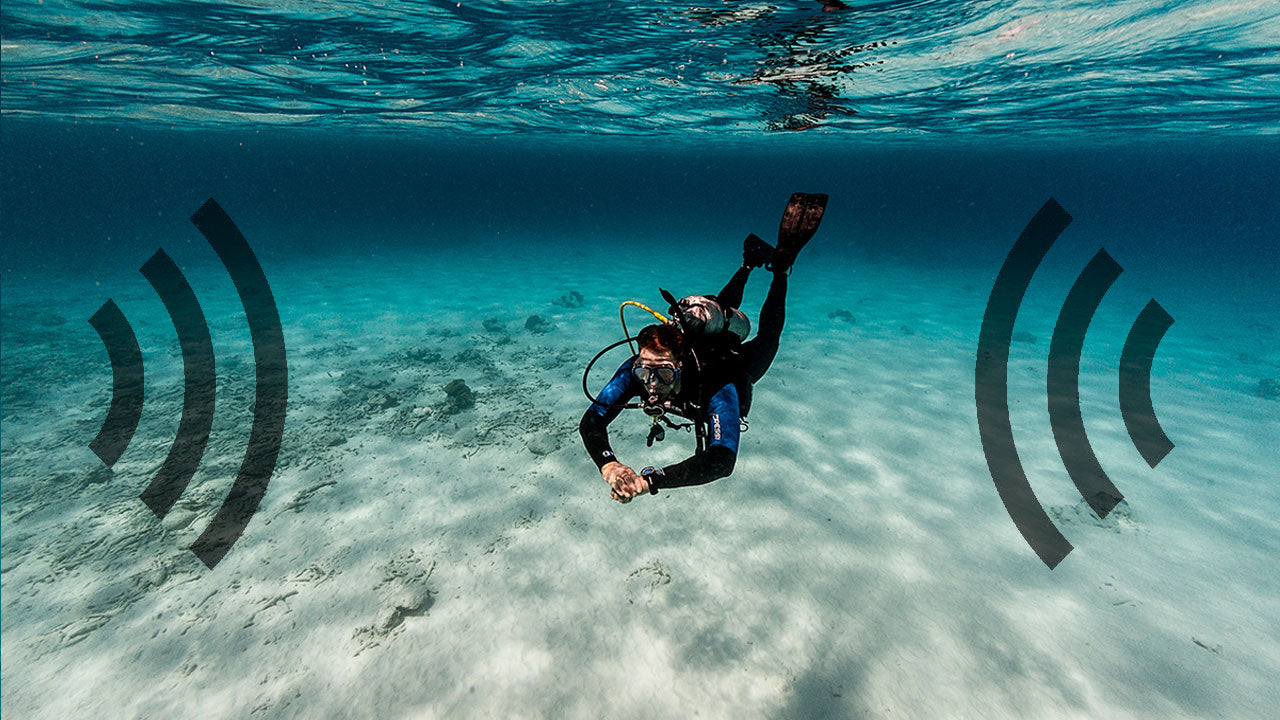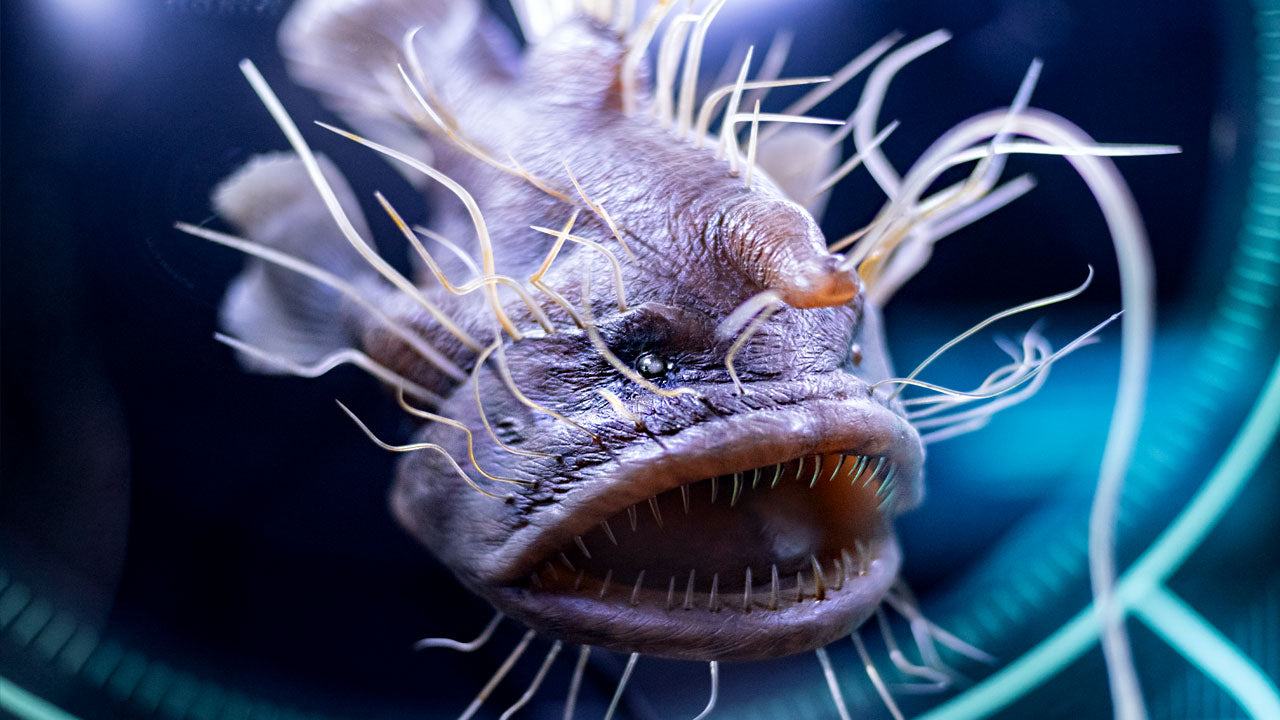15 Things You Should Know About Sharks

Today, July 14th, is known as the International Shark Awareness Day, which seems to be a perfect opportunity to dispel some of the detrimental stereotypes about these magnificent creatures and try to show them in a more positive light. Although many people picture sharks solely as dangerous, bloodthirsty predators, they are much more than this. Sharks play a vital role in the oceans and nature in general. Learning about these species, knowing their features, and recognizing their importance in our world is the first step to supporting shark conservation. So, here are a few facts you might not have known about sharks.
1. Sharks have inhabited the oceans for over 400 million years. They have been around before dinosaurs populated our planet and even before many plant species developed on continents. Although ancient sharks differed from modern in several important respects, there are a few characteristics both share. Most prehistoric and modern species of sharks have replaceable teeth, tooth-like scales, paired fins, and a cartilaginous skeleton. The sharks as we know them today developed around 100 million years ago.
2. The goblin shark is the oldest known shark species on Earth. They have evolved during the Cretaceous Period - between 125 and 118 million years ago, which means that this rarely seen, deep-sea shark once shared our planet with dinosaurs.
3. Sharks’ skeletons are made entirely of cartilage - an elastic tissue that is much softer than bones. When a shark dies, salt from the ocean water dissolves its skeleton, leaving only the shark’s teeth behind.
4. Sharks lack a swimming bladder - an organ that regulates buoyancy in many marine animals. For this reason, many sharks have to swim constantly to avoid sinking.
5. Not all sharks are big. Some species of sharks are very small. The smallest shark is the Dwarf Lantern Shark, which normally grows to only about 20 centimeters (8 inches) long. The largest shark is the Whale Shark which has a length close to 11 meters (35 feet).
6. Some sharks have an impressive life span. The Spiny Dogfish Shark can live more than 100 years. An average lifespan of most shark species is 20 years.
7. It takes a lot of work to maintain a gene pool. Some female sharks can use sperm from multiple males to father a single litter. This makes her pups half-siblings, even though they’re born at the same time.
8. Sharks live in all seven of the world’s oceans. What’s more, some species of sharks can survive in mixed salt- and freshwater environments, such as estuaries and watersheds that connect to an ocean, while other species can live in completely fresh water.
9. Sharks are not mindless killing machines. Extensive testing shows that sharks are intelligent creatures. They are curious about their environment and will often approach and investigate just about any unfamiliar floating object. Since sharks’ teeth and gums are far more sensitive than their skin, they may nip the object out of curiosity, but will usually refrain from doing serious damage. What’s more, scientists suggest that individual sharks have distinct personalities.
10. Sharks are critical to keeping ocean systems healthy. They keep populations fit by removing the weak and sick of the sea. They also keep the food webs in balance so that some prey species don’t become too populous and cause harm to the ecosystem. A number of scientific studies demonstrate that depletion of sharks can result in the loss of commercially important fish and shellfish species down the food chain, including key fisheries such as tuna, that maintain the health of coral reefs.
11. According to research by the International Shark Attack File, the odds of being killed by a shark are 1 in 3 700 000. In comparison, you are more likely to be hit by an asteroid (1 in 75 000) or die from fireworks (1 in 341 000). On the flip side, there are some estimates that for every person killed by a shark, 25 million sharks are killed by people on an annual basis.
12. Every year tens of millions of sharks die a slow death because of finning. Finning is an inhumane and barbaric practice of hacking off the shark’s fins while the shark is still alive and throwing it back into the water. Unable to move, the shark sinks to the bottom of the ocean and either dies of suffocation or is eaten alive by other predators. This wasteful and cruel practice is currently the greatest threat facing sharks.
13. Overfishing has a dangerous effect on sharks. Many sharks are caught before they reach maturity, so they can’t help to repopulate their number.
14. Out of more than 400 known species of sharks, 201 are on the “Red List” of endangered species, compiled by the International Union for Conservation of Nature (IUCN).
15. If you are concerned about the future of sharks, you can help save them!
- Educate yourself on the issue. Learn as much as you can about sharks, their habitats, behaviour and threats they face. Look for effective ways to help and teach others.
- Do not use any shark products. If you visit a restaurant with shark fin soup or shark steak on the menu, simply get up and walk out. Make sure to tell the manager why you are leaving. Pay attention to the ingredients on other products you use. Shark cartilage and oils are found in many beauty items. By boycotting shark products you will reduce the market demand.
- Support shark conservation organizations. You can donate and volunteer with such groups as Project Aware, Shark Guardian, Shark Angels, Oceana, etc.
- Spread awareness on social media. Promote shark conservation, speak out when you see abuse and simply share interesting articles about sharks with your friends.




